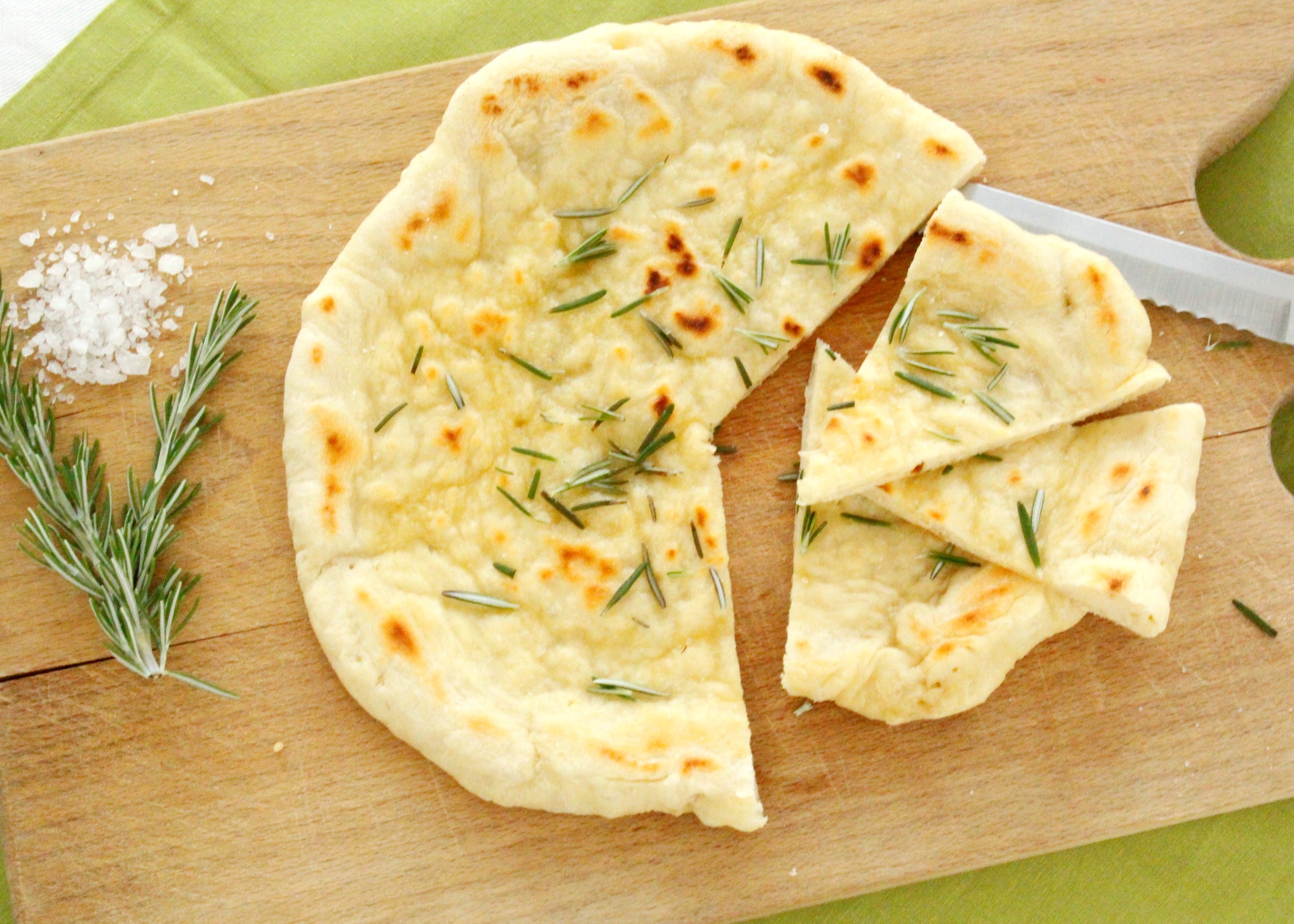
 Paola Lovisetti Scamihorn
Paola Lovisetti Scamihorn
Italian cuisine: Focaccia cooked in a skillet
- WTI Magazine #118 Aug 19, 2019
-

 Paola Lovisetti Scamihorn
Paola Lovisetti Scamihorn
Focaccia can be eaten many ways: plain, seasoned, filled with vegetables, prosciutto or cheese, or even sweet with chocolate cream. Do you know that you can prepare focaccia without baking it? Yes you can! Here is my recipe for focaccia cooked in a skillet...like pancakes! You can make focaccia in a skillet when you don't feel like turning on the oven, especially on a hot summer day.
There's something extra special about bringing warm, homemade focaccia to the table. I usually serve it as an aperitivo; you will certainly impress your guest with it. You can flavor it with olive oil (which keeps it moist) and top it with fragrant oregano. You can also top it with ham and cheese to turn it into an appetizing lunch.
FOCACCIA IN PADELLA (FOCACCIA COOKED IN A SKILLET)
Preparation time: about 2 1/2 -3 hrs Cooking time: 10 minutes Servings: 6-8 people
INGREDIENTS
480 g (3 ½ cups, 18 oz) high-gluten flour (Manitoba or pizza flour). For slow-rise dough use half Manitoba and half farina 0 (all-purpose flour)
300 ml water (about 1 1/4 cups ) at 30°-34°C, about 86°-90°F
10 g (2 teaspoons) sea salt
1 scarce tablespoon (10 ml) mild honey or sugar
1 package (5 g ; 1 heaping teaspoon) dried yeast or 1/2 cube (10 g; about 1/2 ounce) fresh yeast. For slow-rise – recommended – use half of the amount of yeast and let it rise for about 24 hours or longer (maximum 48 hours)
3 tablespoon olive oil (extra virgin)
Topping
Olive oil (extra virgin)
Oregano or rosemary
DIRECTIONS